Tears? Forget them!
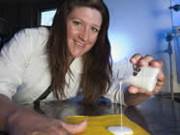
Contact Research Scientist, Stephan Kubowicz The first steps have been taken towards rainwear which repairs itself In co-operation with research scientists and industry colleagues in eight...

Contact Research Scientist, Stephan Kubowicz The first steps have been taken towards rainwear which repairs itself In co-operation with research scientists and industry colleagues in eight...

The main goal of the project is to establish criteria and solutions for safe and cost-effective application of materials for hydrocarbon exploration and production in arctic regions. 25% of the...
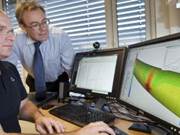
Contact: Jack Arild Ødegård Several years of Norwegian research on fracture mechanics have resulted in new numerical modelling tools. The new software means that we can calculate...
The main objective and target innovation of this proposed project is a new and improved coating for metal (stainless steel) bipolar plates for PEM fuel cells, which ensures a lifetime of more than...
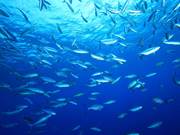
Aquaculture is still facing a number of bottlenecks. To further develop aquaculture, the major bottlenecks need to be systematically removed. At the production level, unpredictable larval...
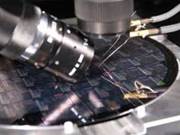
The main concept of piezoVolume is to develop a platform of integrated processes for production of piezoelectric microsystems. The platform will cover the complete microfabrication process chain...
The NanoPV project aims at making a breakthrough step-change in photo-voltaics by the removal of a set of bottlenecks which have been identified to block the application of nanostructures for...
Most Japanese people heat their water using gas. However, some of them have chosen an alternative technology developed in Norway that leads to major reductions in CO2 emissions. SINTEF’s Petter...
Europe 1992: The term “HDTV” was on the lips of everyone in TV companies and the electronics industry. Meanwhile, Norwegian scientyists were finding a smart way to transmit the new images via the...
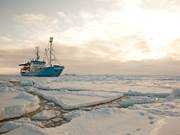
Contact persons: Ansattinfo mangler Ansattinfo mangler A research project at SINTEF contributes to safer oil spill response equipment in the Arctic. When the container ship Godafoss ran...
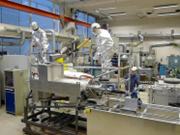
In a 1996 Donald Duck comic, inventor Gyro Gearloose has invented a super-machine that sorts cheap scrap and metal poured into a tube, while out of another pipe emerge gold and shiny new coins....

A wood fibre only 100 nanometres thick will help to give us tomorrow’s plastic food packaging, if SINTEF and its partners are successful. Cellulose can be broken down into what is called...
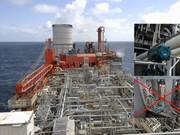
Process control systems in production plants and on board ships and platforms currently need expensive installations and kilometres of cable; all of this is about to change. A recently launched...
HFC - Human Factors in Control is a network for researchers, industry and consultants that are working with human factors (HF - Human Factors). The network has been established by SINTEF...
The focus of APROPOS is to develop novel eco-efficient bio-mechanical processing solutions to enrich intermediate fractions from industrial high protein and oil-containing process residues...

Norwegian scientists want to develop greener and more vigorous batteries, using inexpensive raw materials that are plentiful in Norway. A new generation of rechargeable batteries has entered our...

Nanotechnology applied to medical applications, Nanomedicine, is one of the most important emerging areas of health research and is understood to be the most promising out of the six Key Enabling...

Aging population combined with the fact that we live increasingly longer represent a formidable challenge for the Norwegian welfare state. We must intensify our efforts on welfare technology if...

Several municipalities have started welfare project technology, but the technology is only limited in use in Norwegian municipalities (Hoen and Tangen 2011). The municipalities need knowledge...

Read about the project on our Norwegian pages. Read about the project on our Norwegian site...